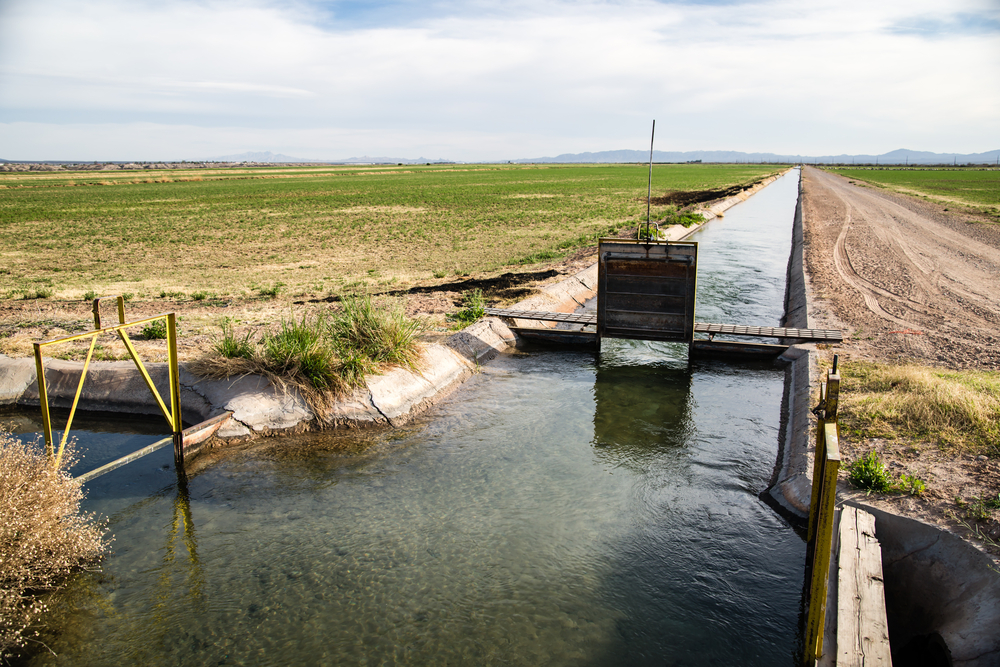California Announces New Regulations on Wastewater Treatment

California has approved guidelines on turning wastewater into tap, creating a new viable source of drinking water.
In a unanimous vote by the State Water Resources Control Board, guidelines on how water suppliers will treat wastewater have been approved.
Background
California began using recycled water over sixty years ago to replenish groundwater basins in Los Angeles County.
However, with the state experiencing drought conditions for most of the 21st century, combined with dwindling resources from the Colorado River, the idea of turning wastewater into drinking water has risen in popularity.
In 2010, then-Governor Schwarzenegger approved a bill that required the State Water Resources Control Board to establish uniform criteria for recycled water used for groundwater and to investigate the feasibility of establishing criteria to turn it into drinking water.
The investigation was proposed to be due by the end of 2016. In 2017, the agency announced that the guidelines for turning sewage into potable water would be finished by 2023.
On December 19th, The State Water Resources Control Board announced new regulations to expand California’s drinkable water.
As a result, California will follow Texas and Colorado as the only states with approved regulations on treating wastewater.
New Regulations
The new regulations aim to ensure that wastewater is purified and cleansed of any viruses, contaminants, and other harmful things found in non-potable water.
Thus, water suppliers will have to comply with the following steps before bringing recycled water to faucets:
- Preliminary Treatment: Step one filters out random debris found in sewage water using bars and gates. This primarily affects larger items
- Primary Treatment: Step two removes what is left of the preliminary treatment and sends it to a settling tank, where solid objects such as fecal matter separate from the wastewater
- Secondary Treatment: Step three aims to remove organic matter and contaminants by allowing microorganisms to digest them. After the microorganisms consume the matter, they sink to the bottom; separating from the water
- Tertiary Treatment: Step four disinfects the water that will be used for non-potable sources such as agriculture by using chlorine or similar substances. Water intended for drinking skips the tertiary treatment
- Advanced Purification: Step five disinfects the remaining water with Ozone and filters it through activated carbon. After that, reverse osmosis removes chemicals and sodium, and UV Light removes any remaining chemicals
- Last Steps: Step six brings the newly cleaned and disinfected wastewater under treatment that all other potable water undergoes
Next Steps
In 2018, Governor Newsom announced a goal of reclaiming 800,000 acre-feet of water by 2030 and 1.8 million acre-feet by 2040.
With the new guidelines on wastewater, his target goal turned closer to reality. Still, adequate infrastructure will be vital to ensuring the success of expanding California’s water supply.
Thus, the Metropolitan Water District of Southern California, in partnership with the Sanitation Districts of Los Angeles County, began the Regional Recycled Water Program. With a nearly $4 billion price tag, the facility hopes to become one of the largest advanced water treatment centers in the world.
We’ll make sure to update you on the latest on California's mission to expand water sources to include recycled wastewater.
Until then, keep up with BOMA on the Frontline for the latest news in the Greater Los Angeles area.

